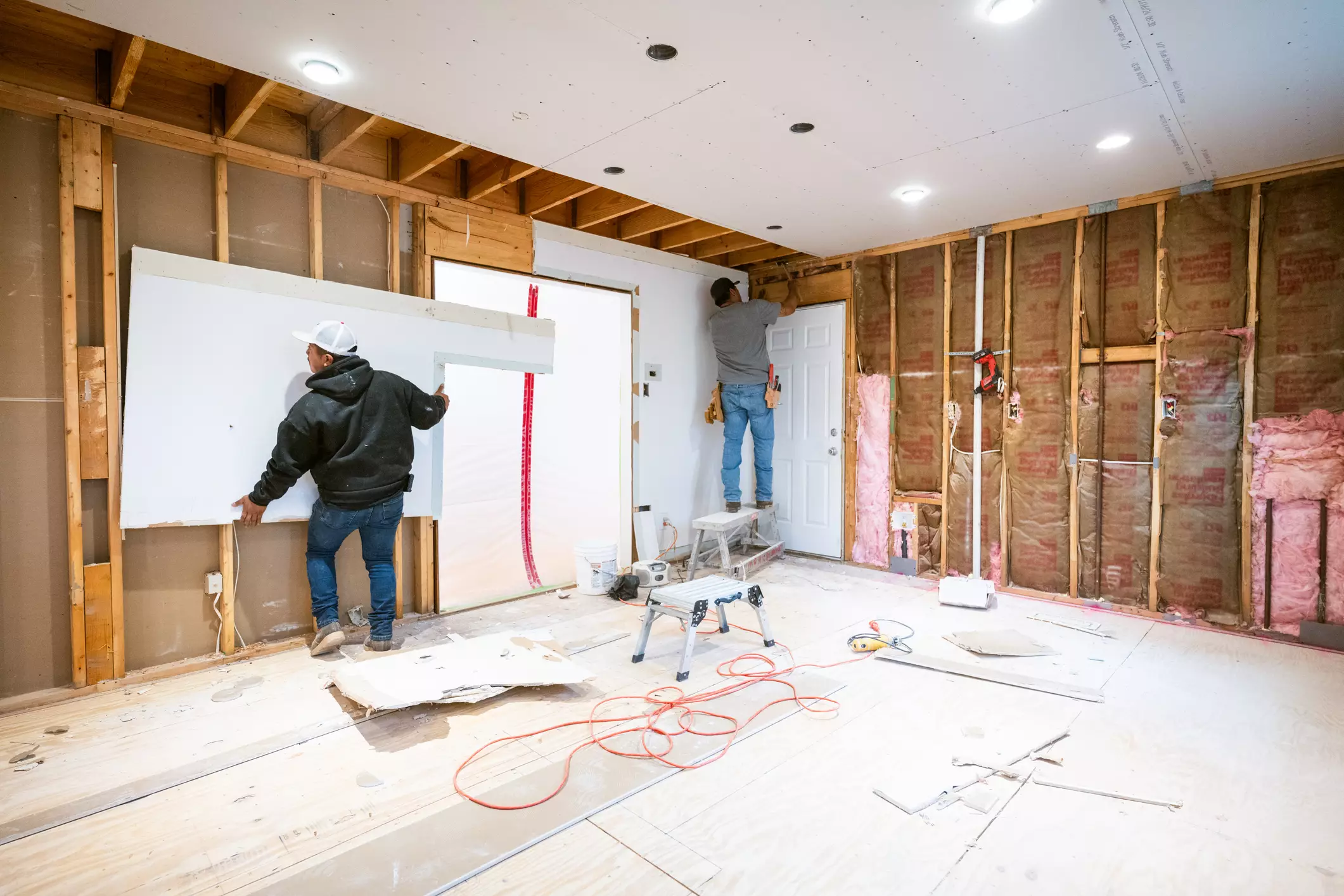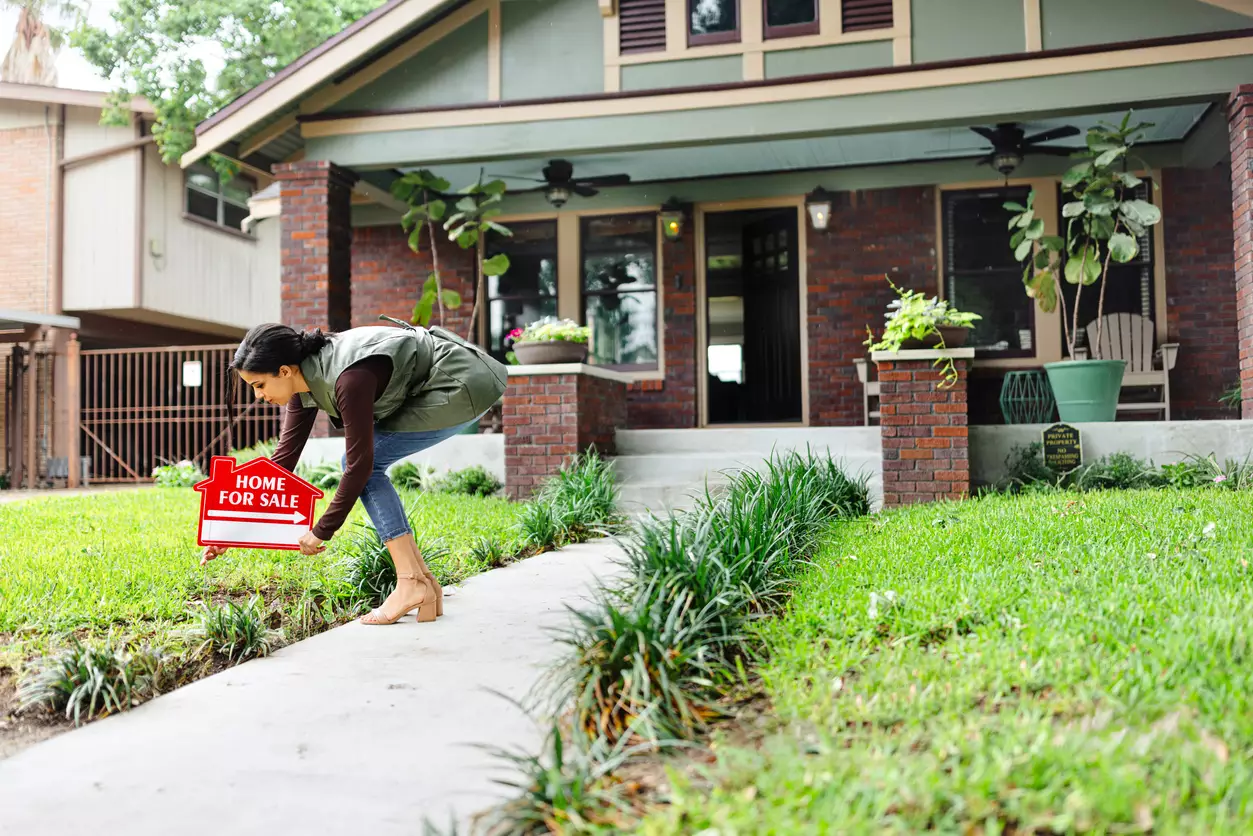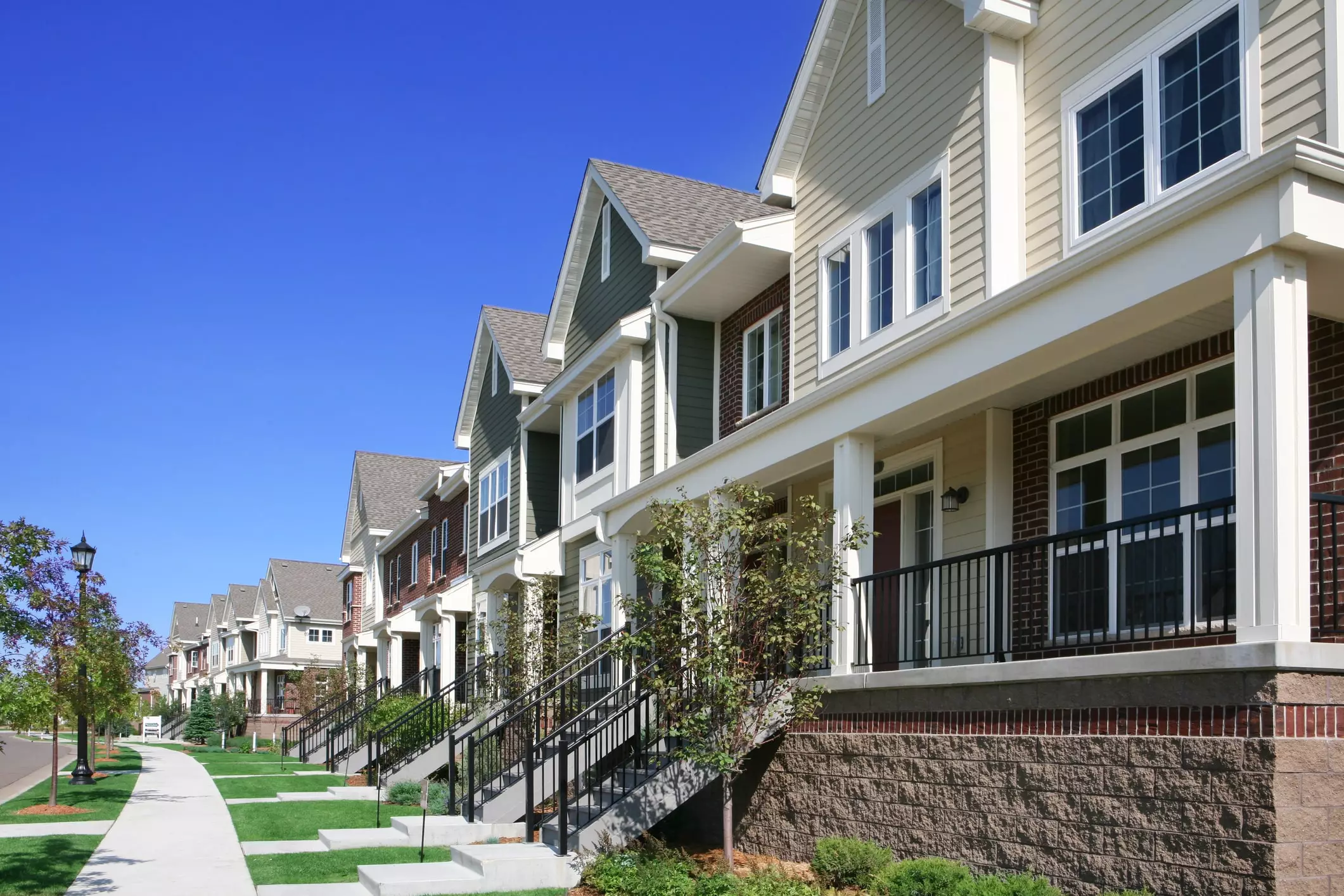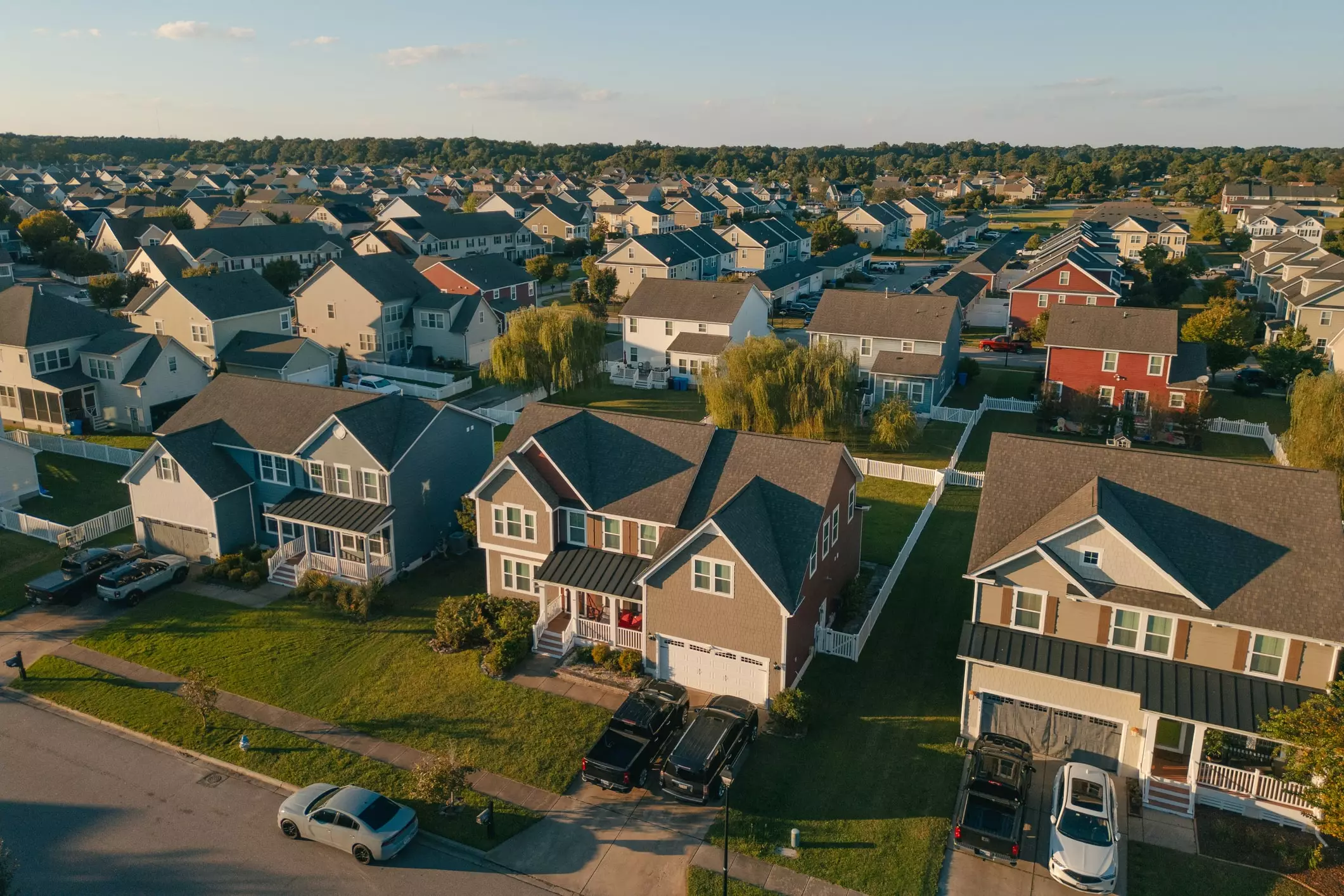Ways to Increase Home Value Through Renovations
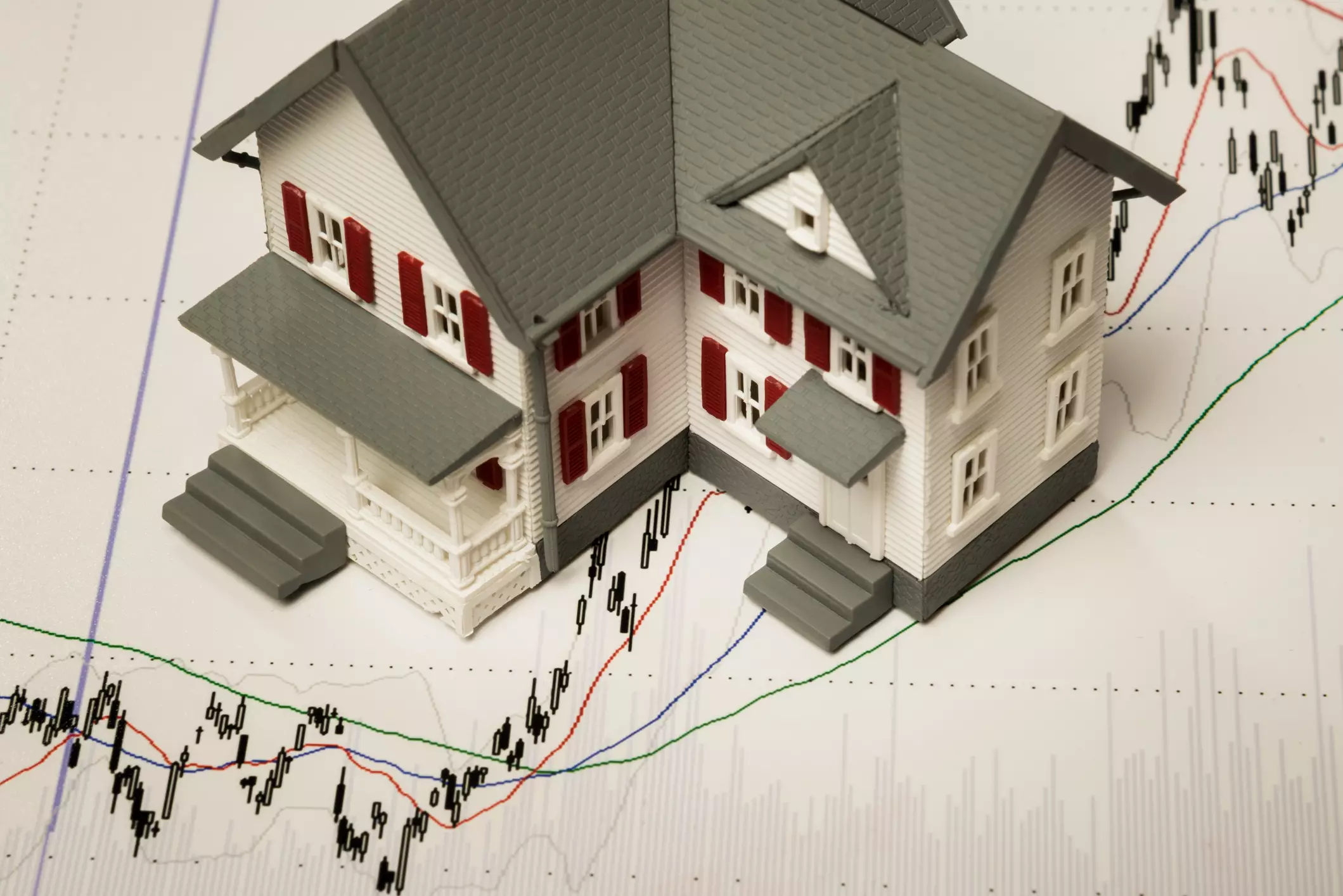
The term "home value" is a description of the estimated worth of a residential property based on several factors, including location, condition, size, recent sales of similar properties in the area, and current market conditions. The value plays an important role in the buying or selling of a home as well as in financial planning, tax assessments, and property insurance.
On average, home values in the United States tend to increase by between 3% and 5% every year. However, this rate may vary significantly depending on factors such as economic conditions, local housing market, interest rates, and housing demand. For instance, in rapidly growing urban areas, the rates may grow above the typical appreciation values, while properties in less desirable locations may experience a slower or negative growth value. Other factors such as upgrades, good maintenance, and energy-efficient improvements may also positively influence the home's value over time.
Once you understand the factors influencing home value, you can make meaningful steps towards renovations if you intend to make them. For instance, by aligning upgrades to most appeal to local buyers, such as kitchen remodels, energy-efficient systems, and bathroom upgrades, you can maximize your return on investment.
Best Home Improvements to Increase Value
You may increase the appeal and boost the value of a property by making the right improvements or upgrades. However, not all renovations offer higher returns on investment (ROI). Some upgrades, especially when they combine modern appeal with practical benefits, potentially offer a higher ROI. Examples include the following:
- Kitchen Upgrades: Modernizing the kitchen usually offers a strong return on your investment. Minor kitchen remodels, such as replacing cabinet fronts, upgrading appliances to stainless steel, updating countertops, and installing new fixtures, can offer an ROI of up to 80%. For example, replacing laminate countertops with quartz and adding energy-efficient lighting may make a kitchen more appealing and functional.
- Bathroom Remodels: Updating an outdated bathroom may significantly increase home value. Improvements such as new tile, a modern vanity, water-saving toilets, and updated lighting may create a fresh, inviting space. A mid-range bathroom remodel typically yields an ROI of between 60% and 70%. Adding a walk-in shower or double vanity is an example of an enhancement that attracts buyers.
- Landscaping and Curb Appeal: Simple landscaping improvements, such as adding new sod, planting trees or shrubs, and maintaining a clean, attractive front yard, may yield an ROI of about 100% or more. Installing a stone walkway, updating the front door, or adding outdoor lighting also contributes to better curb appeal and perceived home value.
- Energy-Efficient Additions: Making a home more energy-efficient is not only attractive to eco-conscious buyers but also reduces long-term utility costs. Upgrades like installing double-pane windows, adding attic insulation, or installing a solar panel system may offer an ROI between 50% and 75%. Smaller improvements like programmable thermostats and LED lighting may boost the property value.
What Renovations Increase Home Value Most?
Structural improvements addressing the integrity and function of the home, such as foundation repair, roof replacement, or updated plumbing and electrical systems, are important improvements that may boost property value much higher than cosmetic updates. These upgrades are critical for long-term value and are often required before a home can pass inspection or appraisal properly. While they may not be visually striking, they provide peace of mind to buyers and prevent potential price reductions during negotiations.
On the other hand, cosmetic updates focus on appearance, such as fresh paint, new flooring, or updated fixtures. While these changes may make a home more attractive and help it sell faster, they typically offer a slightly lower return on investment than major renovations or structural improvements.
Consequently, experts recommend that the best renovations are those that balance structural reliability and visual appeal. For instance, a remodeled kitchen with modern appliances and updated plumbing is often more valuable than one with only surface upgrades. Similarly, adding an energy-efficient HVAC system may not be visible but may significantly increase a home’s efficiency and buyer interest.
How To Increase the Value of Your Home on a Budget
You may raise the value of your home without breaking the bank. By making targeted improvements, you can enhance the appeal of your property and the market value on a limited budget. To achieve this, you should focus on cost-effective upgrades that offer a near-certain return on investment and attract potential buyers.
Simple updates such as a fresh coat of paint, replacing outdated light fixtures, and updating cabinet hardware may significantly improve a home's look without requiring high costs. You may also use neutral paint colors to create a clean, modern feel that appeals to a wide range of potential buyers. In addition, upgrading to energy-efficient LED lighting or installing a programmable thermostat may also enhance both functionality and energy savings, often with a noticeable effect on home value.
Another affordable renovation type with serious ROI potential is improving the curb appeal of the property. This may be done by tidying the lawn, trimming shrubs, planting flowers, and painting the front door. Together, these enhancements may create a welcoming first impression for a potential buyer. Additionally, pressure washing exterior surfaces like driveways and siding may also make a home appear newer and well-maintained.
If you are working on a limited budget, you should consider prioritizing improvements that buyers notice most. These include kitchens and bathrooms, which are often key considerations buyers make in a purchase. Hence, modest upgrades such as re-grouting tiles, updating faucets, or refinishing cabinets may make these spaces appear more modern and inviting. Also, consider decluttering, deep cleaning, and staging rooms to highlight space and light. These actions may increase the appeal of the home without requiring a significant financial outlay.
Another way to achieve significant home improvements on a budget is to take the do-it-yourself (DIY) approach. DIY approaches are ideal for tasks like painting, landscaping, or minor repairs as they offer flexibility and lower costs. However, they require skill, time, and proper tools. Note that mistakes via the DIY approach may lead to additional expenses or reduced quality of the finished work. On the other hand, hiring professionals ensures a higher standard of workmanship, particularly for complex jobs like plumbing, electrical work, and structural repairs. Although more expensive upfront, professional results may boost buyer confidence and add more lasting value to the property.
Factors To Consider Before Renovating
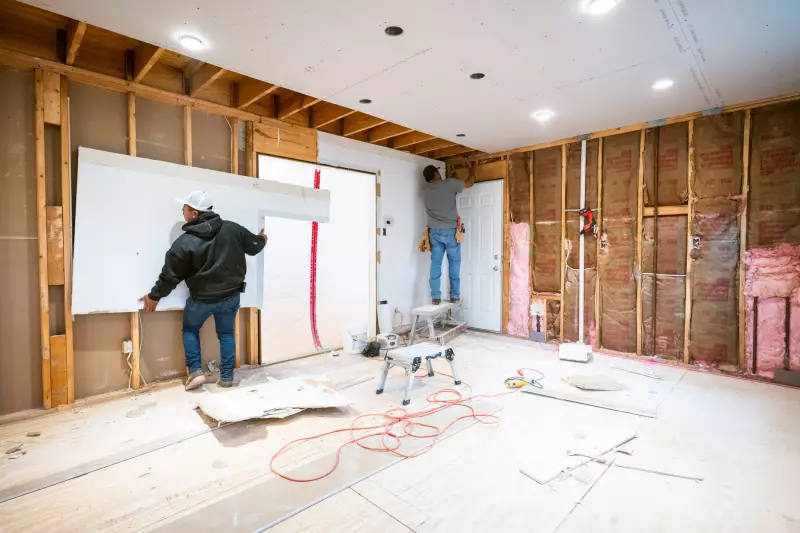
Before committing to renovating a property, it is important to carefully consider factors in order to ensure that your investment adds meaningful value and aligns with your long-term goals.
Firstly, consider what buyers in your area are looking for and what features are common in similar homes. If most houses in the neighborhood have modern kitchens and updated bathrooms, upgrading these areas may help your home remain attractive to buyers. Also, adding luxury features that set your property apart from what exists in the neighborhood may mean that you are able to achieve a greater return on your investment in less time.
Furthermore, if you intend to sell the home within a year or two, it is recommended that you focus on updates that improve marketability, such as flooring, painting, and kitchen and bathroom refreshes. However, if you plan to stay longer, you may invest in more extensive upgrades that enhance long-term comfort and functionality. Hence, your choice of renovations must align with your term goals and not delay your selling schedule.
Many renovations also require permits, particularly those involving structural, electrical, or plumbing changes. Failing to obtain the proper permits may result in legal issues, fines, or problems during a future sale. It is therefore important to check with your local building authority before commencing any updates or upgrades. The quality of materials used in your renovation also affects both durability and perceived property value. Hence, while it may be tempting to choose the cheapest options, investing in reliable materials often pays off in the long run through better performance and buyer appeal.
Finally, seeking professional advice may help you avoid costly mistakes. Contractors, designers, and real estate agents often offer valuable insights and details into which improvements offer the best balance between costs and return on investment.
Choosing the right renovations is essential for any homeowner looking to increase their home’s value, functionality, or appeal. However, not all improvements offer the same return on investment, and what works for one home or neighborhood may not be as effective for another. Consequently, before beginning any project, it is important to carefully assess your home’s specific needs. To make the most of your investment, take advantage of available resources. Use online home value tools to estimate your property’s current worth and identify potential improvements. For more tailored advice, consider consulting a real estate expert who understands your local market and can help prioritize the renovations that offer the highest value.

